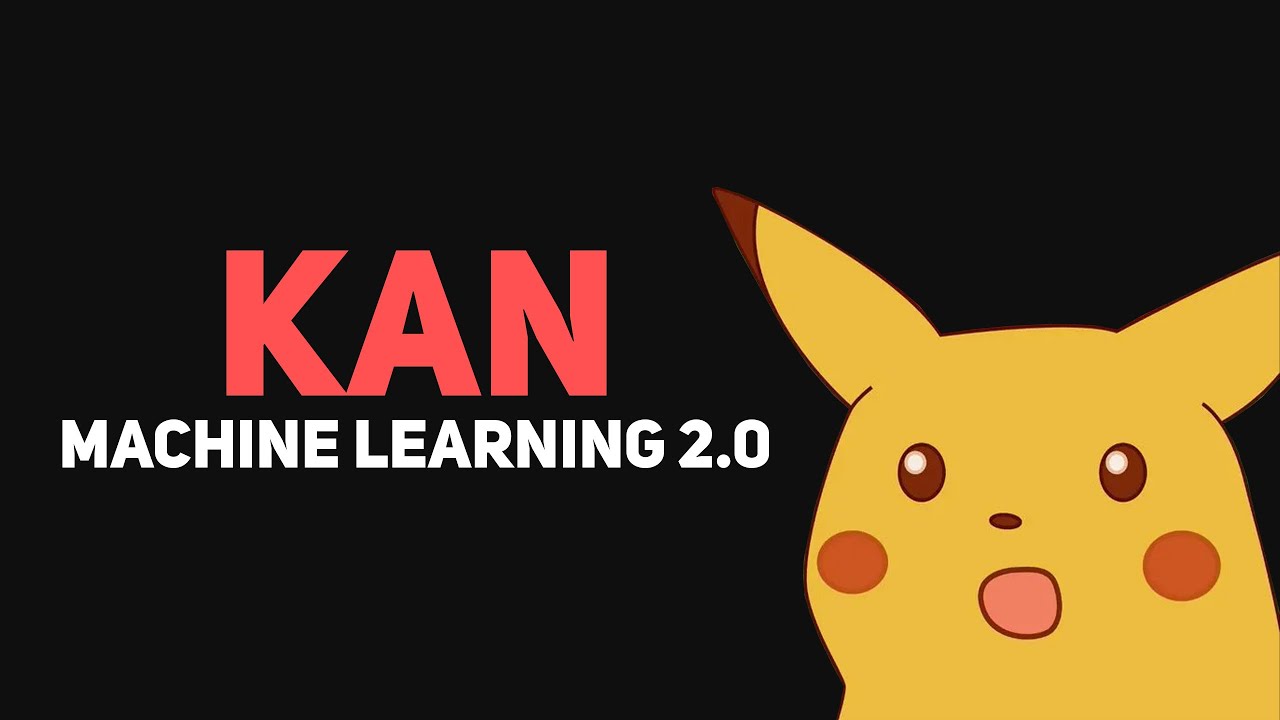The video discusses the concept of “Machine Learning 2.0” and introduces the Kolmogorov-Arnold Network (Ken), a new paradigm in machine learning that aims to revolutionize neural networks by incorporating B splines as trainable parameters for improved efficiency and interpretability. Ken shows potential in reducing parameters and enhancing model interpretability, but further research is needed to assess its scalability, applicability to sequential data, and address challenges related to overfitting and training complexity.
The video discusses the concept of “Machine Learning 2.0” and introduces the Kolmogorov-Arnold Network, also known as Ken. This new paradigm aims to revolutionize machine learning by offering around 10 times more efficiency for large language models compared to current methods like Multi-Layer Perceptrons (MLP). Ken introduces a novel approach by converting fixed activation functions into trainable parameters known as B splines, which allows for better interpretability and accuracy in neural networks.
The Kolmogorov-Arnold Network (Ken) enhances traditional neural networks by incorporating B splines as trainable parameters, offering improved model interpretability and efficiency. By using only 200 parameters, Ken outperforms an MLP with 300,000 parameters, showcasing its superior parameter efficiency and faster convergence. Ken’s unique grid structure within B splines allows for better data retention, although there are concerns about potential overfitting due to its continuous function nature.
While Ken shows promise in terms of efficiency and interpretability, it has not been extensively tested on sequential data, raising questions about its applicability in tasks like language modeling. The research community is still exploring the potential of Ken, with varying opinions on its performance compared to MLPs. Despite its advantages, Ken’s vulnerability to overfitting and lack of resilience to noisy data present challenges that researchers need to address for practical implementation.
The video also highlights the importance of tuning learning rates and proper training methodologies when comparing Ken with MLPs. While Ken has shown promising results in toy examples and parameter efficiency, further research is needed to assess its scalability and real-world applicability. Overall, the Kolmogorov-Arnold Network presents an intriguing theoretical framework for machine learning optimization, but researchers must continue to investigate its capabilities and limitations to determine its practical value in AI development.
In conclusion, the Kolmogorov-Arnold Network offers a novel approach to enhancing neural networks with improved efficiency and interpretability. While it shows potential in reducing parameters and providing a rigorous AI interpretation framework, there are challenges related to overfitting and training complexity that need to be addressed. Further research and experimentation are necessary to fully understand the capabilities and limitations of Ken, making it a promising yet evolving concept in the field of machine learning.
